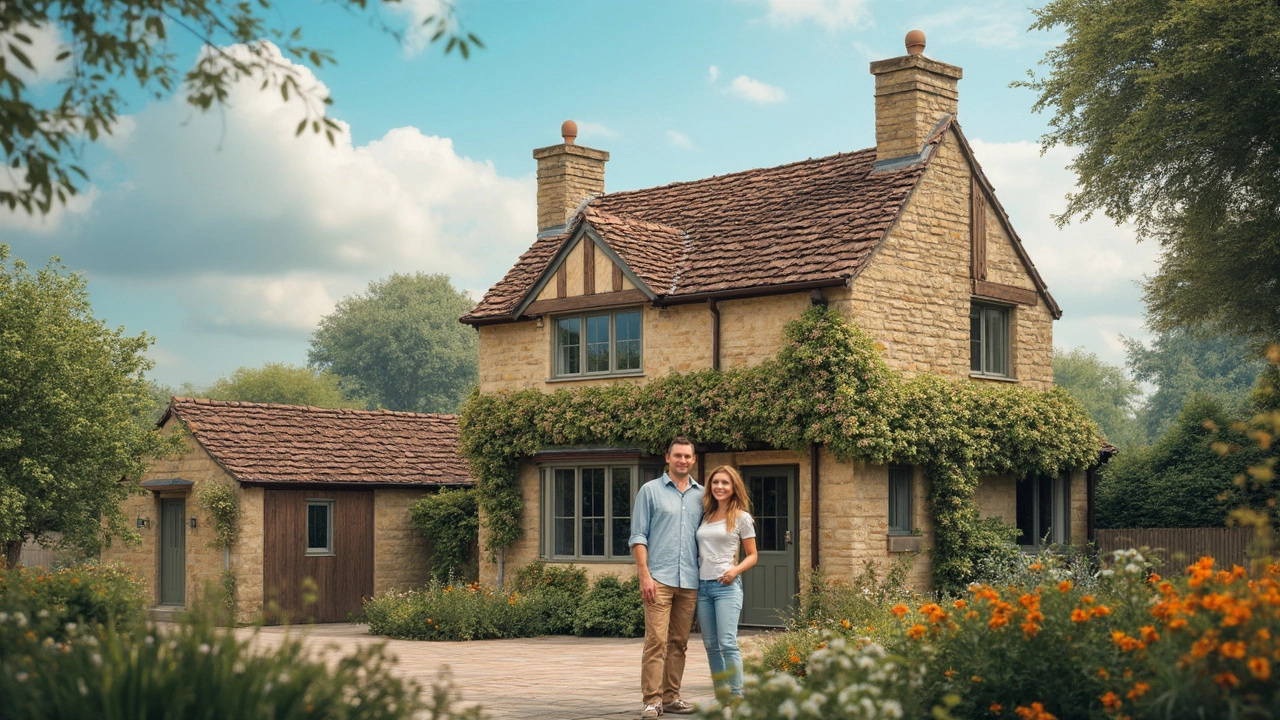$50 Real Estate Guide – Making the Most of a Small Budget
Thinking $50 isn’t enough for a property? You’d be surprised. Plenty of buyers and renters start with tiny budgets and still end up with a place they love. In this guide we’ll break down realistic ways to stretch that $50, whether you’re eyeing a down‑payment, a monthly rent, or a tiny investment.
Where Does $50 Go in Property?
First, let’s get clear on what $50 can actually cover. In the UK market it’s not enough for a full down‑payment on a traditional house, but it can cover:
- Deposit for a shared‑ownership flat (some schemes start at 5% of the purchase price).
- Initial rent for a room in a shared house.
- Application fees for a mortgage or rental agreement.
- One‑off costs like a credit check or a basic background check.
Knowing the exact line items lets you plan and avoid surprise expenses later.
Smart Strategies to Stretch $50
Now that you know what $50 can pay for, here are three practical moves to stretch it further:
- Target shared‑ownership schemes. These let you buy a slice of a property (often 10‑30%) and pay rent on the rest. Your 5% deposit could be as low as £3,000 on a £60,000 home—so your $50 (about £40) can cover the initial admin fee.
- Look for rent‑to‑own deals. Some landlords accept a small upfront payment that counts toward eventual ownership. That $50 can act as a good‑faith deposit and lock in the price.
- Use government assistance. Programs like the UK’s Help to Buy or local down‑payment grants often require a tiny contribution from you. Treat your $50 as the first step to qualify.
These approaches keep your cash low while giving you a foothold in the market.
Even if your budget feels tight, you can still browse listings that match those small entry costs. Look for keywords like “shared ownership,” “low deposit,” or “first‑time buyer assistance.” Our site tags articles such as “How Much House Can I Afford on $36,000 a Year?” and “What Credit Score Unlocks a $30,000 Personal Loan Fast?” – both give solid numbers to help you gauge what’s doable.
Don’t forget to check your credit score. A higher score can lower the deposit you need and improve loan terms. If you’re below the ideal range, focus on paying down existing debt and correcting any errors on your report. Small improvements can save you hundreds over the life of a mortgage.
Finally, keep an eye on hidden costs. Things like council tax, utilities, and maintenance fees can eat up your budget fast. Create a simple spreadsheet: list expected rent or mortgage, add a 10% buffer for bills, and you’ll see if that $50 starter fund is realistic.
Bottom line: $50 isn’t a magic number, but it can be the first brick in building a home. Use it wisely, pair it with shared‑ownership options, and lean on government grants. With the right approach you’ll be well on your way to a place you can call yours, even on a shoestring budget.
